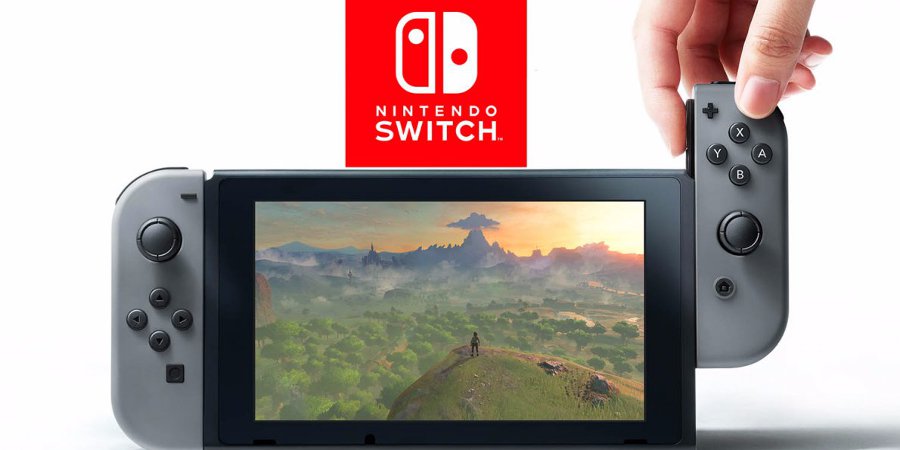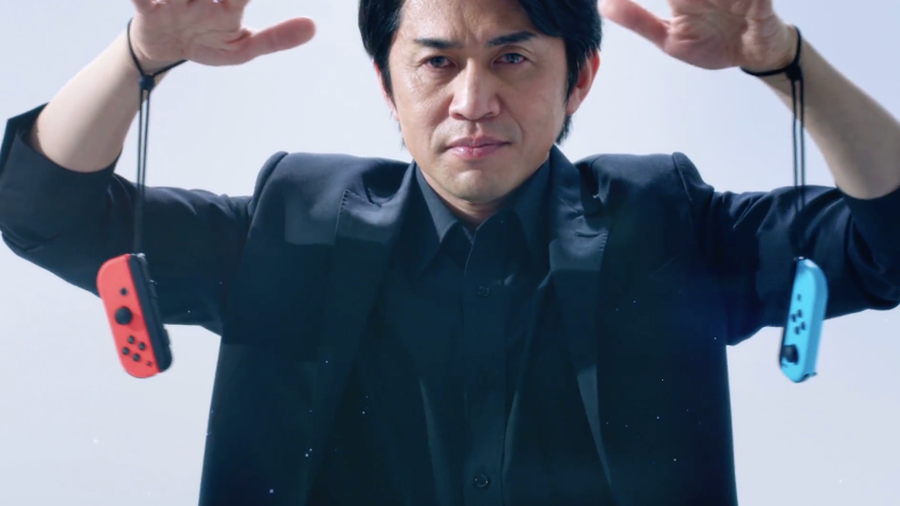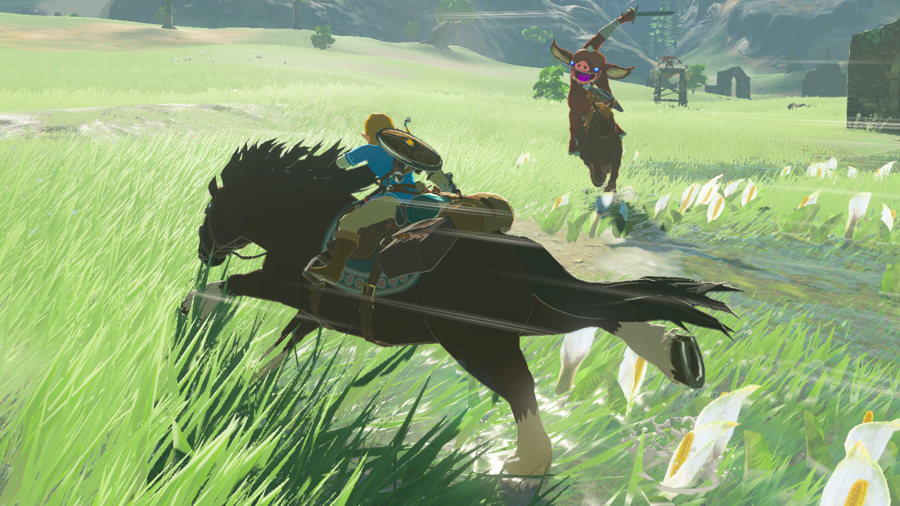With that mandatory pun out of the way, and the reveal presentation fresh in our minds, it’s time to look at why the Switch is the best possible move Nintendo could make in order to stay afloat within this ever changing gaming industry.

Gamers have developed a love-hate relationship with the Japanese giants, who singlehandedly saved the video-gaming industry from the travesty that was ET. We all have fond memories of our first Nintendo games, and everyone remembers the first time they played Super Mario Bros. or The Legend Of Zelda, and yet Nintendo’s console market has bombed since the days of the Wii, with Nintendo surviving purely on 3DS sales and Smash players re-buying GameCube controllers. With lacklustre sales of the Wii U, Nintendo has made the seemingly risky decision of catering to the handheld and console markets with a single product. Whether this will pay off is another matter, but it has certainly caught the attention of the entire gaming community.
The Nintendo Switch offers “console gaming on the go”, with the ability to use the device in 3 different play modes:
- TV mode is the standard console gaming setup allowing you to connect the switch to a compatible TV and play with whatever size screen you happen to own. This is probably the best way to enjoy the switch as you’re not stuck squinting at a tiny screen.
- Tabletop mode uses a photo frame like prop to hold the screen up so you can play without the TV, I personally find this mode rather pointless as I’d rather just hold it in my hands but if I ever find friends this mode could come in handy. All jokes aside in a family environment it could be useful to just continue your game, moving from a TV to a table.
- Handheld mode is the final mode the Switch offers, claiming “the same gameplay experience as on the TV.” The skeptic in me finds this hard to believe because at face value it’s just the Wii U gamepad without the console, but since Nintendo have at heart always been a gaming company purely about the games I will give them the benefit of the doubt.
So you’ve picked up your Switch at the reasonable price of £279.99—much cheaper than both the PS4 and Xbox One at release—and you’re ready to play. You open the box and what do you find? Two really tiny controllers… The Joy-Cons, which come packaged with the Switch, just seem too small to be a viable controller, perhaps being aimed at children who may have struggled with the Wii remote in the past. Each Joy-Con features so-called “HD rumble”, boasting an experience so realistic that you can feel and count ice-cubes clinking in a glass or marbles rolling around in a box, fun for the two or three mini-games which will utilise this feature, but I’m unsure how third-parties will make use of this tech.

Assuming you don’t want to use the Wii remote’s baby brother to play the Switch, you’ll have to fork over an additional £59.99 just for the privilege to use a normal controller. This isn’t the most unreasonable price, but it would be more desirable if there was a “Switch Pro” bundle which came packaged with the pro-controller. There is no word yet as to whether you will be able to use GameCube controllers with the Switch, but I remain hopeful, and if they ever bring Smash over to the console it will be a necessity! That said, you can connect up to 8 controllers to the Switch at one time, so Nintendo is once again making gameplay and party play the focus of the console, a rarity in the current gaming climate.
The Nintendo Switch will launch on 3 March, and will include a dock, a pair of Joy-Con controllers (one left-handed and one right-handed, in either both grey, or left being blue and right being red), a Joy-Con grip (to connect the controllers together), wrist straps, a HDMI cable, an AC adapter, and the main console. When fully charged, the Switch will last 2–6 hours, most likely depending on brightness and the game which is being played, with Breath of the Wild supposedly lasting 3 hours. The Joy-Con controllers themselves have about 20 hours of battery life. The system will have 32 GB of internal storage, which can be expanded up to 2 TB with microSD XC memory card. 200 million units have shipped to retailers worldwide, and nearly all have been sold out, with Amazon and American retailer GameStop already being out of units.
Should you have been lucky enough to get your hands on a Switch, you will have a selection of 5 games to choose from on launch day. No bundles have been announced yet, but 3 March sees the release of:
- The Legend Of Zelda: Breath Of The Wild
- 1–2–Switch
- Just Dance 2017
- Skylanders: Imaginators
- Super Bomberman R

Post-release, there are 8 confirmed first-party titles (including Xenoblade 2 and Super Mario Odyssey), 15 third-party games with a release date (including Skyrim and Sonic Mania), and 23 third-party games without a confirmed release date. EA did make an appearance at the Switch reveal presentation and confirmed… FIFA, so that’s nice, I guess, but Mass Effect: Andromeda, which was initially said to be on the Switch, has not been listed anywhere, making me question the overall processing power of the console.
In my opinion, the Switch will either make or break Nintendo. By appealing to their console and handheld markets with one device, they will have either solidified themselves once more as gaming legends and icons, or dealt themselves a crippling blow they may not recover from. The fact that the consoles are selling out is a good sign, and Breath Of The Wild is definitely a system-seller, but I question how well it can compete against the PS4-and-a-half and the Xbox One S, which are likely to dominate the console market. I honestly want Nintendo to do well, as they have been a major part of my gaming childhood and are truly the biggest gaming innovators of our time, with fun still being at the forefront of the company, but only time will tell whether this risk pays off.
